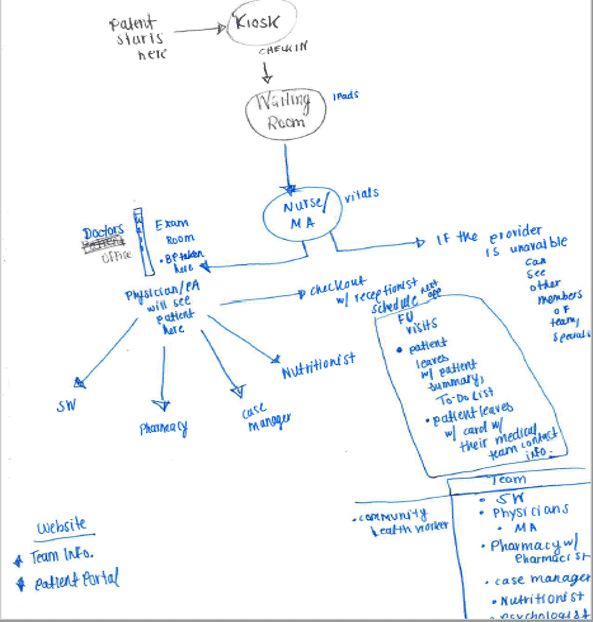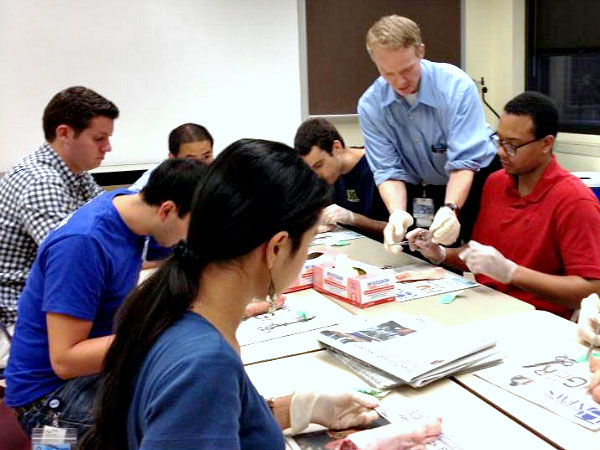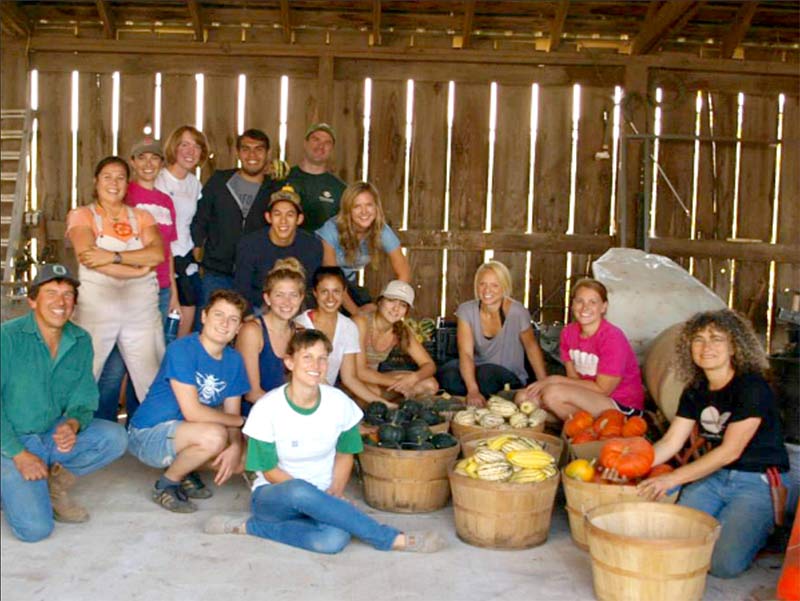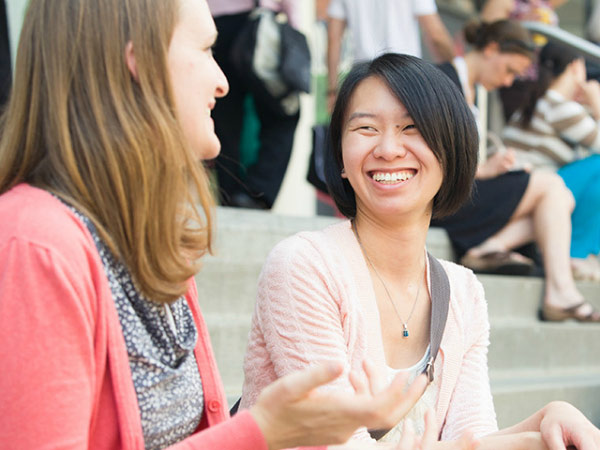Programming Ideas for FMIG Meetings
Planning interesting and engaging meetings is a big part of having a successful Family Medicine Interest Group (FMIG). After determining your FMIG’s goals, your group may want to brainstorm about possible programming ideas that help achieve these goals. For some FMIGs, these range from community service projects to clinical skills workshops.
Often, FMIG programming usually falls into one of these categories:
Cover Important Topics
Lectures and Discussions
Lunch & Learns/Dinner Presentations: Whether your FMIG chooses to have a discussion or a presentation, lunch & learns and dinner presentations are a great way to attract new members and to keep your current members involved. A couple of ideas include:
- Invite local family physicians to talk about their experiences
- Ask several family medicine residents from different backgrounds to discuss the diversity of residencies that are available
Strolling Through the Match Presentation: The AAFP can provide your FMIG with Strolling Through the Match books and a customizable PowerPoint presentation. Order free books. Some FMIGs choose to make this a series of presentations.
Family Medicine Presentation Resource Center: Use the videos, powerpoints, podcast episodes, and resources in this new presentation hub to give a talk about the specialty from a variety of angles.
Let Your Creativity Lead
Innovative Programming
Give your FMIG the flexibilty to try new things and respond to what's happening in medicine now by mixing up your programming from year to year. FMIG leaders can find purpose through creativity. To get started in planning innovate programs and projects, take a look at your FMIG's mission statement, talk to your members about what interests them most about becoming a physician, and consider collaborating with other student groups that share similar interests.
Examples of innovative programs include:
- Pipeline programs -- Show young students in your community that they have what it takes to work in health care
- Family medicine as a solution -- Plan events that show how family medicine is making a difference in health outcomes and helping solve the problems communities are facing today
- Shaping the future of primary care -- Empower students to see how they can chart the future of health care in family medicine
Examples of suitable workshops include:
- Public health -- Immunizations, HIV/AIDS counseling, blood pressure
- Family medicine procedures workshop -- Blood pressure; ear, nose and throat exam; heart sounds, x-rays; casting; and suturing
- Topical procedures workshop -- Maternity care: pelvic exam, birth control counseling, prenatal blood pressure
Give Back To Your Community
Community Service
Some FMIGs have made a commitment to performing one community service project a month, others only commit to one service project per year. These types of projects don’t always have to require a major time commitment from all FMIG members. Community service projects can range from volunteering at a clinic to sending holiday cards to elderly residents of a nursing home or collecting canned food for a local food pantry. Community service projects are also a great collaborative activity with other organizations on your campus that have similar mission statements such as AMSA, SNMA, LMSA or others. Some examples of service projects include:
- Tar Wars
- AIM (Americans in Motion- supported by the AAFP)
- Community health fair
- Student-run free health clinic
- School-based wellness/health education program
Things to Keep in Mind When Planning Community Service Projects:
- Recipient. This is often driven by student preferences and local needs of the college, hospital, or community. Sometimes collaboration with another group already operating a successful service project is the best choice.
- Define goals. What is the ultimate goal of the project and can it be easily defined for promotion? Is this going to be a fundraiser or directed volunteer service? Will it be at one location or multiple? Is it community or hospital-based?
- Inform the larger community. Service projects often capture the interest of the public beyond the FMIG and perhaps beyond the college and hospital. This is often a good opportunity to inform news media of your event, both for the value of locating more volunteers or contributors and for the publicity value for your group and your school.
- Promote service learning. With a little advance thought, the experience can be transitioned into service learning. This can be as easy as adding components of journaling about the experience and evaluating its effect.
Get to Know the Speciality
Educating Students About Family Medicine
- Invite the president of your AAFP constituent chapter to speak
- Encourage involvement in National Primary Care Day activities
- Have a family physician as keynote speaker
- Create fliers listing family medicine facts
- Develop mentoring and shadowing programs
- Advocate for required family medicine clerkships and rotations
- Hold activities in and take students to visit different practice settings
- Create an informational bulletin board
- Host talks on research in primary care and arrange for summer experiences
- Hold a forum/panel of family physicians from a variety of backgrounds and practices to acquaint students with the breadth of family medicine
- Match dinner -- Have 4th year medical students who matched into FM residency programs come to a dinner with younger students to celebrate the Match and discuss the Match process. Strolling Through the Match books can also be handed out.
- Faculty-sponsored dinners -- Many faculty members will support dinners at their homes for FMIG members
- Retreats -- Some FMIGs will plan off-site retreats for students and family medicine faculty members so that they are able to bond outside of the medical school
- Holiday party/luncheon
- Bowling, movie night, sports events
Get Ready for Residency
Programming for Third- and Fourth-Year Students
- Hold mock interviews
- Have a residency fair
- Offer Strolling Through the Match (an AAFP program along with an excellent workbook)
- Stage a panel discussion with residents
- Schedule a debt management workshop
- Hold skills workshops (EKG, stress testing and colposcopy)
- Provide information on electives in family medicine
- Develop a mentoring program
- Set up practice management sessions
- Have workshops on death and dying/sharing difficult news
- Provide sessions on “How to Choose a Residency”
- Discuss managed care and health care reform
- Sponsor mock interviews for students
- Organize community service projects for fourth-years
More Great Ideas
Review the FMIG Program of Excellence (PoE) winning profiles to discover what the best FMIGs are doing.



